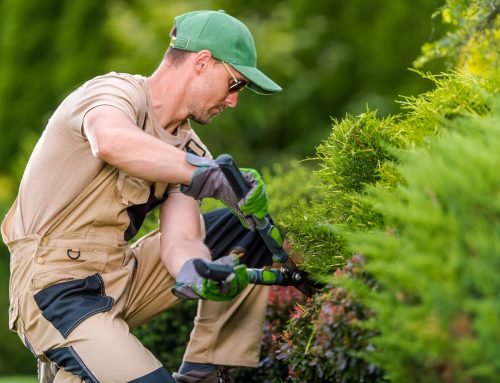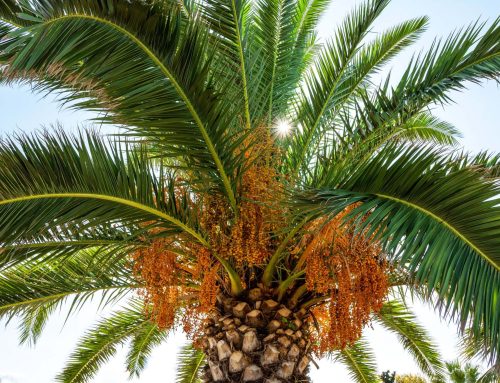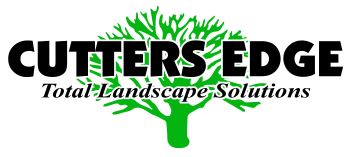If you are a homeowner or property manager with trees on your property, it’s vital to understand the basics of tree trimming to help keep you and the people who live on your property safe. There are multiple tree trimming tips and tricks that can ensure your trees stay in great shape. If you have the right tools and knowledge, tree trimming is a necessary task that you can handle yourself to maintain your trees’ health and appearance.
If you want to learn the basics of tree trimming, keep scrolling. Some jobs are too big to handle for the typical homeowner (tree and stump removal being the main ones). For more significant issues, we recommend bringing in landscape professionals to ensure your safety and keep your home looking its best.
Tree Trimming Tools
If you have any trees located on your property, you will need the proper tools to help maintain your trees’ appearance, health, and safety. We’ll cover the essential tree trimming tools you’ll need if you’re handy and want to tree some basic tree trimming yourself. However, you can always google “tree trimmer near me” to find landscape professionals near you if you feel the job is outside of your capabilities.
- Pole Pruner – This tool is essential if you have taller trees on your property. Pole pruners can reach up to eight feet or more in height and are able to reach dead wood for light pruning.
- Pruning Shears – Perhaps the most versatile tool for tree trimming. Pruning shears are hand-held and can cut branches and twigs up to ¾ of an inch, making them perfect for pruning flowers, shrubs, vines, and small growth on trees.
- Loppers – If you have any fruit or flower trees, loppers are a vital tool to maintain those trees.
Tree Removal
As mentioned earlier, tree and stump removal is one of those tasks to leave to landscape professionals. If you’re not sure whether or not it’s time to call the arborist or landscape professionals, we’ve included some signs below that your tree may no longer be healthy and may need to be removed.
- Tree Health – Take a look at the top of the tree or its branches. Are they dying back, or does the trunk look like it’s decaying? If your tree trunk is soft and crumbly or if many fungi are growing on the tree trunk, these may be signs that the tree is very unhealthy and removal may be necessary.
- Tree Position – If the tree is leaning in a dangerous direction, such as towards your house, utility lines, or other structures, it may be time to remove your tree. Similarly, if the roots are encroaching on your home or other structures on your property, this may be another reason to remove the tree from your home.
- Tree Trunk – Another sign your tree should be removed is if the trunk is hollow. A tree with a hollow trunk has been seriously compromised and hazardous. Most landscape professionals will advise removing a tree if a third or more of a tree is rotted or hollow.
Minor shaping and trimming your trees between annual pruning will help maintain your trees and keep them looking their best. However, more advanced tree trimming or tree removal can be dangerous and only landscape professionals should handle them. Get in touch with Cutters Edge if you need skilled arborists to help maintain your trees and landscaping.





